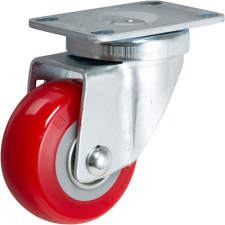Disruptive (Non)Technology
on Thursday, 08 September 2016.
Some background info: I see the phrase “disruptive technology” all over the place and it makes me cringe. It has become one of those trendy buzz-phrases; destined to rise to celebrity status and then phase out in a couple of years because it’s been overplayed. I’d like to think of myself as less trendy and more classic. You know, I stick to a timeless black dress rather than buy a frock in the color of the moment (which, as I have recently discovered, is this fall’s burgundy.) But as I started to outline this post, I disappointed myself with how many times “disruptive” came to mind. And then, I moved forward.
I am insanely lucky that I get to travel all over the country visiting campuses, discussing challenges and successes with AV and IT ed tech professionals. It gives me a unique opportunity to understand trends as they are happening…and the issues that inevitably arise when colleges and universities try to design technology trends into their specific and distinct environments (remember BYOD?). Imagine my surprise when one of the most disruptive of these trends isn’t technological at all.
According to Whatis.com disruptive technology is “one that displaces an established technology and shakes up the industry.” Inside the very efficient flex classroom is one such disruption. The flex classroom itself is a room that can transition from a traditional lecture style environment to one that encourages active learning and collaboration, or any configuration in between. This type of space is inherently challenging for audiovisual designers and support staff mainly because of one ridiculously simple and definitely not new piece of equipment…the caster.
In order for the flex classroom to be, well, flexible, the furniture must be easily moved. So chairs, desks, tables and lecterns are designed with casters. It is so straightforward and yet so problematic. If chairs and desks are going to be pushed into tables, where will be the best locations to hang displays/ screen? If the room configuration is unknown, where will the users require power for equipment and charging?
Those darn casters mess everything up. Here are a few things to keep in mind when designing these flex spaces so you can try to out-smart those casters:
- Sit with faculty to determine the PRIMARY use of the space based on their curriculum and pedagogy.
